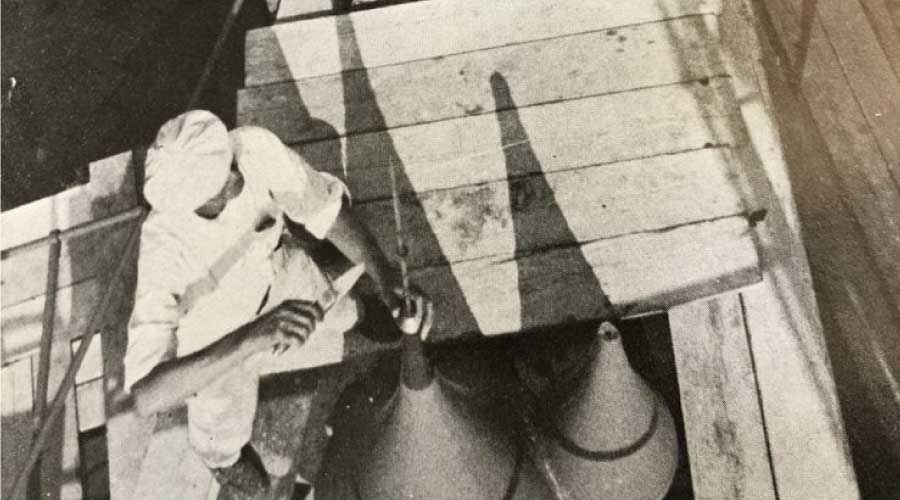Rethinking Roles: Procurement Process Involving more Participants
Part two of a four-part article on procurement
Perhaps the most important change in the procurement process related to maintenance and engineering involves the participants. More than ever, the discussion includes many voices. Once, managers generally made their own decisions on the types of products to buy and the manufacturers to buy from. Now the process more often incorporates the opinions and experiences of department staff.
“We encourage everyone to read the trade publications and attend trade shows, and they constantly try to find more efficient products and processes,” says Walinski, whose company occupies four buildings with 400,000 square feet on 46.5 acres in Princeton, N.J. “Everyone in my group is encouraged to contribute ideas. If it’s a smaller item and a supervisor or manager says, ‘I would really like to use this product,’ I say go ahead. If it’s a larger item or a capital (expense) or a change in the way we do things, we vet that through the team. We have regular group meetings, and they try to sell it to the group, and we make a decision as a group.”
That was not always the process, he says.
“I’ve been here going on 14 years, and I was involved in every decision in the beginning because we were trying to change a culture,” he says. “Now with the people we have, people have grown through the process, and they do a lot more of the idea generation. I’m still involved, but my role now is to encourage the growth of individuals who are bringing ideas to the table and to be the moderator in our discussions.
“My specific role is part of department management, so I am involved in all larger cost product specification discussions, and I present the information offered by the team to upper management if needed as part of the approval process.”
The procurement process for the University of Mississippi in Oxford has gone through a similar evolution.
“When I first came here 16 years ago, I was the guy checking in on (a manufacturer’s) customer service because we didn’t have a mechanic,” says Jeff McManus, the university’s director of landscape services and airport and golf services. “We didn’t have operators who were totally familiar with the way I wanted it done, so I was more hands-on.
“Now, I’m proud to say that our staff has been empowered to do a lot of it themselves. I hate to admit this, but there’s very little I have to do any more. I just approve it. I ask them what they want, how much is it going to cost, and then try to get that funding secured. I’ve taken weeders to leaders.”
The evolution is a recognition among managers that the most successful procurement decisions often result from the participation of more people.
“The way I lead is by getting other people’s input,” says McManus, whose 33-person department is responsible for the 1,000-acre campus. “One thing I’ve always hated is somebody making me buy something that I didn’t want. So I always want to make sure my operators have a say in the decision. I rely on my operators because they are the ones who are going to be using it. That influences me 60 percent in what we’re going to do. The other big part of this is how good (the manufacturer’s) customer service is.”
One result of more people becoming involved in the procurement process is the availability of more information on product options and sources. Increasingly, the process takes advantage of technology advances.
“We do a lot of trade shows, and we do a lot of peer conversations,” Walinski says. “Munich Reinsurance has companies all over the globe, and we also do virtual roundtables to have conversations with our counterparts in England and Switzerland and Germany to find out what they’re doing.”
In many cases, though, the process remains hands-on.
“We demo a lot of different things,” McManus says. “Then if we need something, like a wide-area mower, we’ll start by seeing what our mechanics want, how easy it is to get parts from certain vendors. Service is a lot more important than the initial product. Everybody creates beautiful products. We let our operators operate the demos to make sure everything’s good with them. Then we take those considerations from our staff.
“The mechanics are involved. The operators are involved. The manager who oversees our equipment is involved. Everybody gets a voice at the table about what they like and what they don’t like. We try to develop that team approach on major decisions like that.”
Related Topics:















